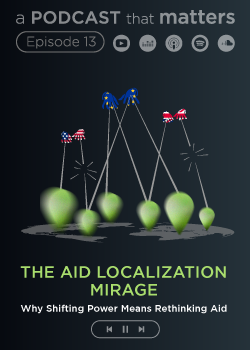Print

Mathematical Modelling and Optimization of Programmable 5G Networks: MAPNET
Details
Locations:France
Start Date:Jan 1, 2019
End Date:Dec 31, 2020
Contract value: EUR 185,076
Sectors: Energy, Telecommunications
Description
Programme(s): H2020-EU.1.3. - EXCELLENT SCIENCE - Marie Skłodowska-Curie Actions
H2020-EU.1.3.2. - Nurturing excellence by means of cross-border and cross-sector mobility
Topic(s): MSCA-IF-2017 - Individual Fellowships
Call for proposal: H2020-MSCA-IF-2017
Funding Scheme: MSCA-IF-EF-ST - Standard EF
Grant agreement ID: 796378
Objective
The exponential increase in mobile data traffic warrants disruptive changes in the design and management of cellular networks. The next generation (5G) networks target to support a variety of applications having diverse requirements in data rates, latency, energy, etc. To address this surge in traffic demand and the associated heterogeneity in service requirements, several candidate technologies are being investigated under the 5G vision, naming a few: 1) Ultra-dense network deployment for high spatial capacity; 2) Network slicing to support heterogeneous service requirements; and 3) Cloud radio access networks (CRAN), etc. An important element of the 5G vision is to achieve a 50% reduction in the total network energy consumption. To ensure that the future networks meet both the service and the sustainability requirements, energy-efficient designs and integration of renewable-energy sources into the network infrastructure are needed. To address the sudden capacity demands, on-demand network deployment is desired, instead of maintaining a permanently over-engineered infrastructure. Inclusion of these approaches result in highly complex and stochastic network topologies. Modeling and optimizing such networks is a challenging problem. State-of-the-art approaches are not adequate to model these new scenarios, and different mathematical techniques are required. This proposal addresses the optimization and modelling challenges pertaining to the energy efficiency and service requirements of the future ultra-dense networks by: 1) The development of novel energy-efficiency models to ensure energy–neutral network operation considering renewable energy sources; 2) Innovative modeling framework for self-organized drone-assisted network infrastructure; 3) A unified programmable network interface for network slicing considering renewable energy and on-demand drone deployments; and 4) Validation of the developed approaches in a software-defined mobile network platform.

